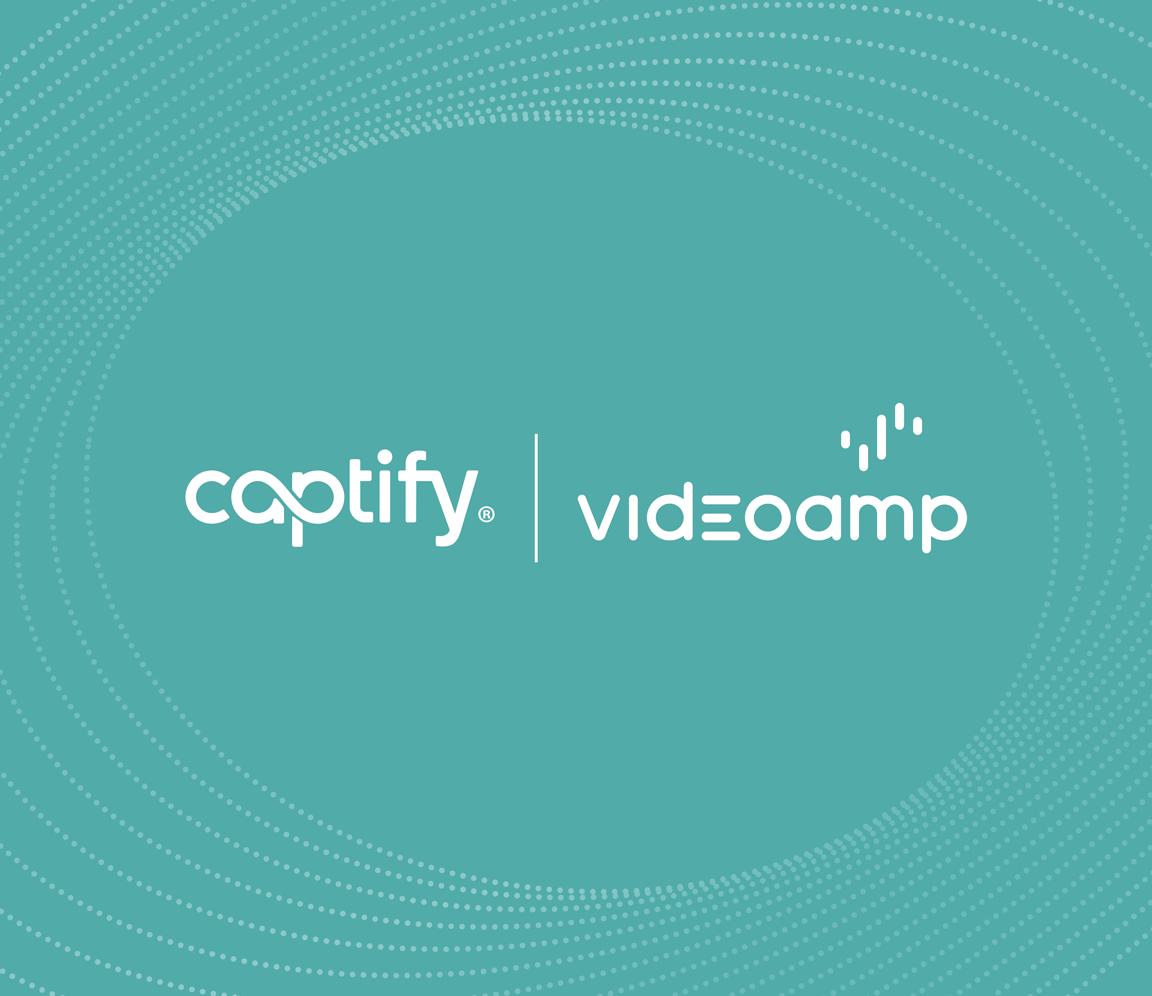Data Strategies for Turbulent Times: What Data Enables you to Predict the Unpredictable?
Authored by Jason Tsai, Chief Marketing Officer, Captify
Predicting consumer behavior has never been as challenging as it is today—the chaotic convergence of the pandemic, recession, inflation, and war, is reshaping the consumer landscape in unpredictable ways.
For marketers, that means that your job has never demanded more adaptability and insight. As if that weren’t enough to contend with, marketers are on the brink of losing critical signals with the imminent farewell of our old friend, the third-party cookie.
Many of the datasets that marketers once relied on to understand and predict consumer behavior aren’t nearly as effective in this new world. However, it’s not all bad news. The same technology that enables us to adapt quickly to the chaos around us, also generates data—some of which can be incredibly useful in keeping a pulse on how consumer behaviors and sentiment are shifting in real-time. So, if you want to be able to predict the unpredictable, reevaluating your data strategy should be your first order of business.
It’s Time to Clean House
If you’re anything like me, you put off cleaning your house until absolutely 100% necessary (ok, maybe even a little longer than that). Given the impending deprecation of third-party cookies, I would argue that now is that time to clean up your ‘data house’. And since you have to clean it anyway, you might as well do a good job—so you won’t have to do it again next quarter.
From a data perspective, that means evaluating all your data sources and ensuring they provide you with high-fidelity signals in near real-time. Through the lens of ‘high-fidelity in near real-time’, some of our ‘tried-and-true’ data sources start to lose their luster. Biased or stale data can mislead us, resulting in impulse decisions or targeting the wrong audiences—misleading signals are arguably worse than no signal at all.
Surveys have long been the bedrock of our approach to understanding consumer behaviors and attitudes. However, as data scientist and economist Seth Stephens-Davidowitz highlights in his book ‘Everybody Lies’, survey/poll data often paints a less accurate picture of what people actually think or do. For instance, voter turnout has historically been predicted using polls. But as Stephens-Davidowitz points out, “More than half of citizens who don’t vote tell surveys immediately before an election that they intend to.” What if those same people are the ones saying they’re in-market for a new car or that they love my brand?
Social is another example of a dataset with significant limitations. As Keith Camoosa, Chief Addressability Officer at Dentsu, puts it, “Social listening has a role to play but there is a noise-to-signal challenge.” It will give you a real-time read, but that read may be distorted through a combination of bias and echo-chamber-inducing algorithms.
Filling the Gaps with the Good Stuff
In today’s landscape, there is over 60x the amount of data being created compared to 13 years ago. How do you sift through all those options to find the data that can truly help you predict the unpredictable? Let’s have a quick look at some of the most popular choices:
First-party data: From the moment the phrase ‘cookie deprecation’ was first uttered—first-party data was touted as a solution. Nobody is going to argue that building up your contact and lead lists is a valuable activity—however, when it can be combined with other data sets, things get really good.
According to Michael Horn, Global Head of Data Product at TBWA\Worldwide, “Brands which rely too much on their owned media and first-party behavioral data lack competitive context… sure, this is how *your* customers interact with *your* content, but what about the rest of the market, or the customers you want to acquire next? Search data from public or licensed sources offer excellent peripheral vision to compare overall brand share, as well as topics and families of terms in which share may be comparatively stronger or weaker.”
Retail: Data on actual sales, which was once out of reach for so many marketers, is now readily accessible through your friendly neighborhood retail media network (RMN). If your product is sold by retailers, this is obviously extremely important and useful. However, the siloed nature of the RMN landscape and the limited line of sight into what happens beyond the store make it challenging to scale past the stores themselves. To increase the predictive power of the data, combine it with other data sources—Camoosa suggests that “Geo-location data is also useful for tracking changes in retail shopping patterns.”
Contextual: Inherently cookieless and covering nearly every corner of the internet, contextual is gaining in popularity. But for its pervasiveness, it lacks depth. In their report ‘The Outlook for Contextual Intelligence in Data-Driven Advertising and Marketing’, Winterberry Group states, “The best solutions to emerge are likely to involve a combination of techniques, using modeling from authenticated data points and applying it to contextual solutions. They will also combine the approaches of contextual insights, search intelligence, and intent to create hybrid solutions where the whole is greater than the sum of the parts.”
Search: Stephens-Davidowitz refers to Google searches as ‘digital truth serum.’ Camoosa notes that, “Other than say syndicated sales data for all brands in a certain category like CPG, search is the strongest signal of consumer behavior.” According to Horn, “Beyond the global, near real-time nature of search signals, there are additional benefits which make it an immediate ‘go-to’ source for consumer insights and brand strategy.” Horn also notes, “In the age of AI, search intelligence is exactly the kind of semi-structured data which is well-suited to be fed into Large Language Models (LLMs) and used to tune or train models to prioritize different subjects, recommendations, or language for internal or external applications. Every search is a question… millions of searches can be an answer.”
Obviously (and disappointingly), there is no silver bullet. We can, however, see a pattern emerging. Finding the pockets of fresh, accurate data, then enhancing those data sources by connecting them to other relevant datasets will unveil a more complete picture of your audience and how their behavior evolves over time.
Making the data work for you
There is one last piece to this puzzle. How do you activate all the great insight you’re generating from your nice, clean data house? Once again, connecting your datasets is integral.
In some ways (ahem…cookies), that’s going to get harder. For better or worse, cookies are the preeminent connector of digital data to media activation, but that won’t be the case for long. Don’t be the person stuck with all the lightning accessories when the iPhone switches to USB-C.
In other ways, connecting your datasets to powerful activation channels is getting easier—CTV is a prime example. Strategy Analytics predicts that 51% of global households will own a SmartTV by 2026 and that means that all of the players in the TV ecosystem are working hard on new ways to connect that ecosystem to valuable datasets. This is not only the case on traditional platforms such as TV, but also across digitally native channels such as Digital Out-of-Home and Audio.
When we look back on 2023, marketers will remember it as a pivotal year. The ones who took the time to clean house will remember it fondly. Those who don’t will probably look at 2024 as one of the hardest of their careers. Which one do you want to be?



